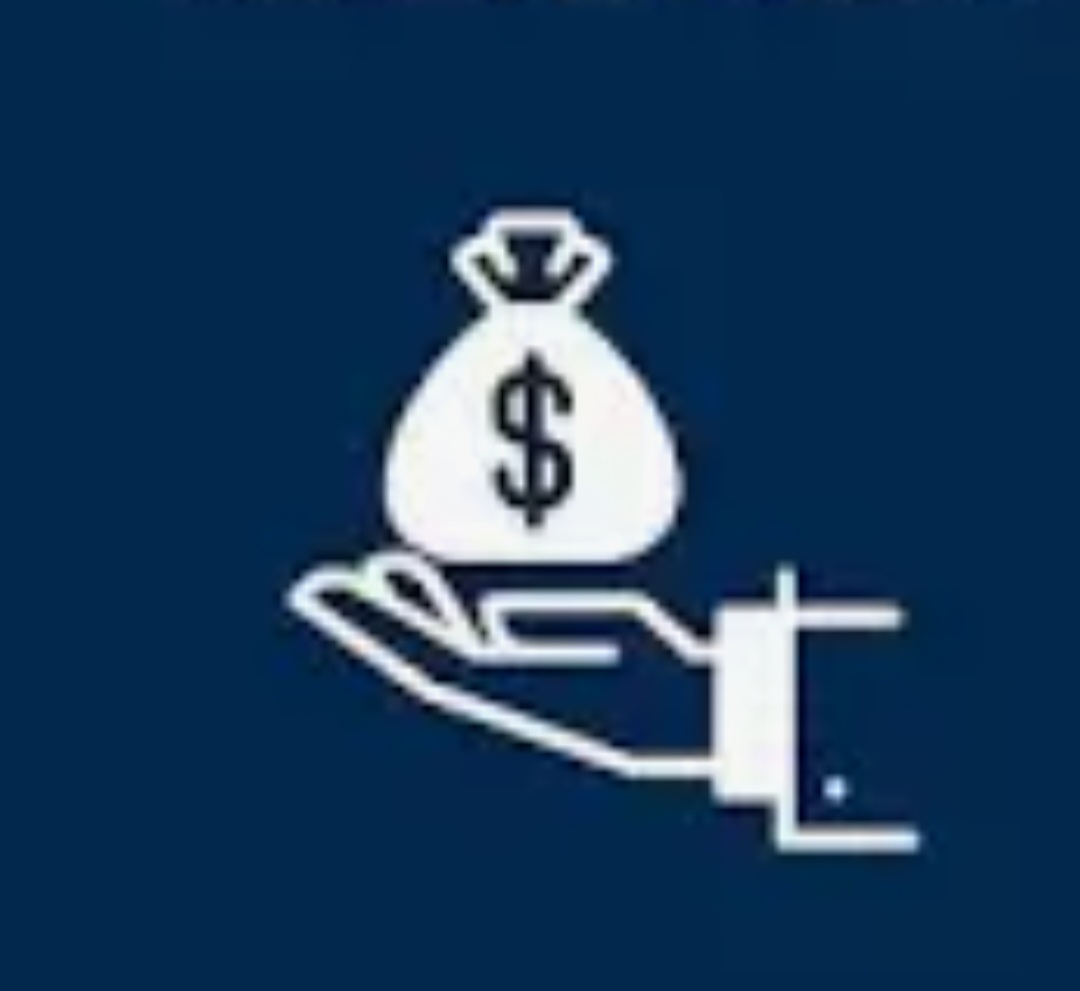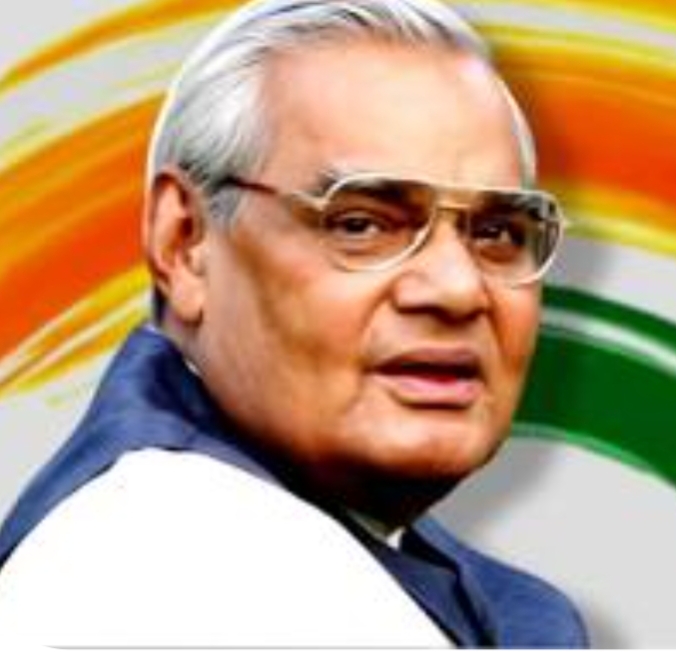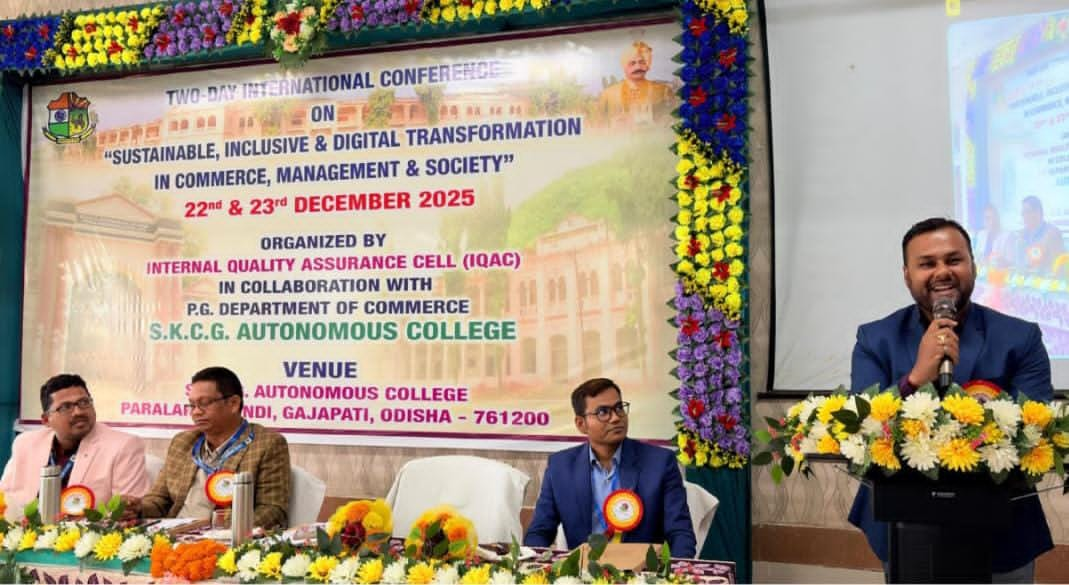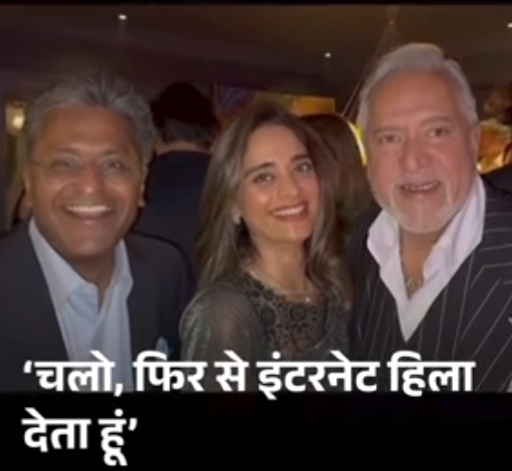Trump’s Tarif fusillade:
Unfair, unreasonable & unwarranted
Published in Insurance Worker , September 2025 issue
Dr Santosh Kumar Mohapatra
The U.S. economic landscape in 2025 is defined by a collision of protectionist trade policies with tariffs emerging as a central force reshaping both domestic and global markets. India-US trade relationship has also been a point of contention and dispute for some time, with disagreements over issues like trade deficits and access to Indian markets. On August 6, President Donald Trump unabashedly imposed a “penalty” tariff of 25% on most products imported from India, effective August 27, for Russian oil purchases. This is in addition to the 25% reciprocal tariff slapped on July 31, effective from August 8,2025. It means, the 50% tariff places India among the five most heavily targeted countries under Trump’s tariff regime. Trump’s move would give India the highest tariff rate in Asia too.
The reciprocal tariff is linked with ‘Liberation Day” tariffs which Trump had announced on April 2, on around 60 trading partners having trade surplus with America. The U.S. imported $1.2 trillion more in goods in 2024 than it exported, a record annual deficit and a major economic irritant for President Trump. But he paused from April 9 to July 9 in a bid to sign deals with trading partners. Another reason was that Trump’s massive import levies saw vociferous protest, put the market in tizzy and spooked investors who withdrew from the US bond market. Many observers, including economists have criticized the Trump administration’s use of tariffs as a geopolitical tool and accused him of protectionism and upending international trade law.
Trump accuses India of being a “tariff king”, but data shows that India has gradually eased tariff and non-tariff barriers in recent years, particularly benefiting the US. Trump says the tariff hike is punishment for India’s purchase of discounted oil from Russia, which he argues helps fund President Vladimir Putin’s war on Ukraine. But India was the only major economy to be hit with such “secondary tariffs,” even though China is the largest overall buyer of Moscow’s crude oil. It appears that this was more of a negotiating tactic on the part of the US and to gain leverage in the ongoing trade negotiations. One should not ignore the fact that the US runs a substantial trade surplus in services. The infant-industry argument supports high tariffs by developing countries too.
Trump’s erratic decision smacks of US hegemony and discrimination against India and infringement on India’s economic sovereignty. Russia has been a time-tested friend of India for long years and America cannot dictate India. India stated that its oil imports are for energy security and dubbed the US punitive tariff as “unfair, unjustified and unreasonable,”. Trump who claimed earlier that he stopped the India-Pakistan Nuclear War now claims that India has agreed not to buy oil from Russia. The latest report on August 16,2025 reveals that Indian oil companies have decided not to buy Russian oil from the open market for now. India should not crumble under such pressure.
America has spawned many wars, imposed sanctions or decimated many countries that have not accepted its hegemony. It never considers any country as its friend except spreading its imperialistic hegemony. It pushes that policy as the world’s policy which benefits it most. Once the protagonist of liberalisation, America is now resorting to ugly protectionism to save its economy. The BRICS bloc—comprising Brazil, Russia, India, China, and South Africa—has been actively and rightly discussing ways to reduce dependence on the US dollar known as De-Dollarisation Push.
. For fear of losing dollar dominion, in February, 2025, Trump declared BRICS as dead and issued a blunt warning to BRICS nations, threatening a 100% tariff on all imports into the US. Any nation has liberty to have trade in any currency. America has no right to oppose the same. Actually, America is financially powerful because of dollar hegemony which allows it to borrow heavily or print dollars to face any situation. Once the dollar loses its hegemony, the American economy will collapse.
Trump has claimed in the run up to the US presidential election that he will end the Russia-Ukraine war in 24 hours. Actually, President Trump’s first term hassled companies to move production out of China, now strategy is enfeebling Russia. Everybody gets puzzled why Trump treated India so shabbily when its Prime Minister Modi was openly telling that Trump is Modi and India’s friend. Actually, India faced punitive tariffs for having Faustian bargain with America and becoming excessive servile, obsequious to it.
A Faustian bargain originates from the German legend of Johann Georg Faust, a scholar who supposedly sold his soul to the devil in exchange for knowledge and worldly pleasures. The term now commonly refers to any agreement where one sacrifices something of great moral or spiritual value for a temporary benefit, often with dire long-term consequences. Recently India has sacrificed many things to appease Trump. Trump has also used India as a counterweight to resurgent China.India’s policy of unquestioningly siding with Trump may have made India easier to take for granted, to the point that even a minor departure from Trump’s preferences is treated as unacceptable.
Critics now question how PM Modi made a grievous blunder by extending open support for Trump’s re-election campaign by saying,”Abki baar Trump Sarkar” during the “Howdy, Modi” programme hosted in Houston in October 2019. On February 24, 2020, the ‘Namaste Trump’ program was held in Gujarat, to generate admiration for Trump in the minds of Indians in front of a 125,000-strong crowd. Now, Trump’s such capricious and hostile attitude has made opposition to cite a popular song –”Dost dost na raha” that marks the end of the Trump-Modi bromance.
The offensive against India started on July 31,2025 when Trump declared that India’s economy was “dead.” Actually, India is not a dead economy but a lower middle-income economy since 2007 and being placed behind 141 countries in terms of per capita income. But India is among the most unequal countries with an affluent elite. By contrast, the irreversible and precipitous decline of US imperialist hegemony is now fast-tracked further by the second coming of Donald Trump as 47th US president.
Trump’s policies, codified as “Trumpism” (or “Trumponomics”), are characterised by extreme “economic nationalis”’, “protectionis” and “isolationist” trade policies coupled with corporate tax-cuts, business deregulation and drastic reduction in social welfare spending has proved a profanity to entire world. Being encapsulated in the motto MAGA (Make America Great Again) and “America First”, Trumpism has sparked mayhem in the entire world even among traditional US allies.
During the great depression erstwhile US president Roosevelt took some radical steps to extricate the US economy from the quagmire of depression. But Trump has taken some whimsical steps in his first 6 months. One Big Beautiful Bill Act, which combines tax cuts for the rich, corporations with cuts in health care, welfare expenditure, food assistance programmes will affect low- and middle-class Americans.
The idea of Trump to raise resources by imposing tariffs on imports of other countries to bridge the burgeoning fiscal deficit arising due to tax cuts for the rich will boomerang and push the US economy into abyss. The most sweeping tariff hike like the Smoot-Hawley Tariff Act, the 1930 law best remembered for triggering a global trade war and deepening the Great Depression. The US debt has already increased to $35.294 trillion in 2024 which is 121% of GDP and hit debt ceilings on certain occasions. The latest figure says debt has increased to $ 37trllion.
Trump’s “beggar thy neighbour policy –to improve its own economy at the expense of other nations” will exacerbate the poly crisis, decimate trust and put the already beleaguered world economy into tizzy. By imposing heavy tariffs on longtime trading partners, the US is making a grave error, isolating itself and inflicting mammoth damage on its own economy. The impulsive shifts in US policy have made financial markets increasingly jittery and frazzled. Due to increase of tariff the average effective US tariff rate surged 22.5% in mid-2025 highest since 1909.
Higher tariffs by Trump will escalate the prices of imported goods and erode the purchasing power of Americans and dampen aggregate demands too. Reduced competitiveness will likely lead to a decline in US exports, squeezing working class incomes. Americans are already grappling with the cascading effects on inflation, even stagflation- economic stagnation coupled with high inflation, decline of GDP growth. Many Americans are struggling to navigate this volatile environment. New data this week also showed that tariffs have brought in billions in revenue, though economists say a portion of that is already coming in the form of price increases on consumers. The greatest risk is loss of confidence in the dollar, which as the world’s leading reserve currency, has long been the bedrock of US economic dominance. Americans should oppose Trump and force him to reverse policy.
India may have reason to worry as the US is now India’s biggest export market and one of its top sources of foreign investment. In 2024-25, India’s total trade with the U.S. stood at $186 billion, with exports at $115.2 billion and imports at $70.8 billion. India enjoyed a trade surplus of $44.4 billion. India’s exports will be affected and GDP growth may be trimmed. Bloomberg Economics estimates US-bound exports from India could fall by 60 per cent and put nearly 1 per cent of gross domestic product at risk. Trump’s move would affect the manufacturing sector severely. The “Make in India” campaign was supposed to lift manufacturing to 25 per cent of the economy. Last year, it stood at just 13 per cent — lower than the 16 per cent in 2015. The pharmaceuticals, electronics, Auto parts, jewellery, textiles, and seafood industries will face significant export losses and decline in jobs. The government should provide subsidies. India neither should retaliate but oppose Trump’s Tarif fusillade which is unfair, unreasonable and unwarranted. India should draw on its non-aligned legacy and nurture economic relationships with a wide range of like-minded countries to coerce Trump to reverse tariff fusillade.
The author is President of CDIEA, Cuttack.











Leave a Reply